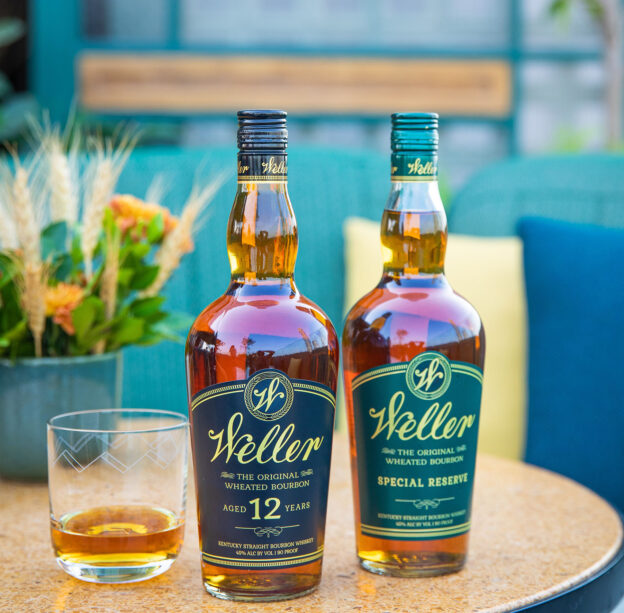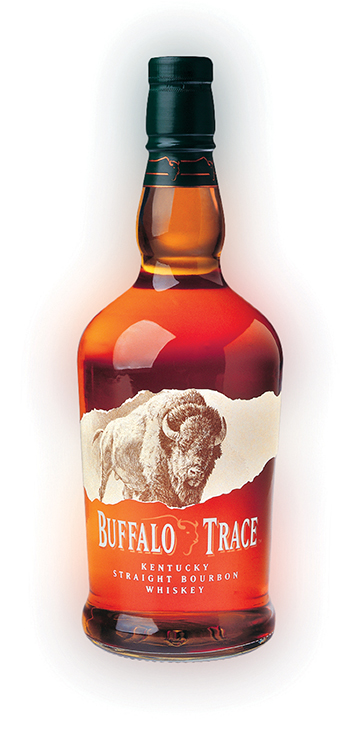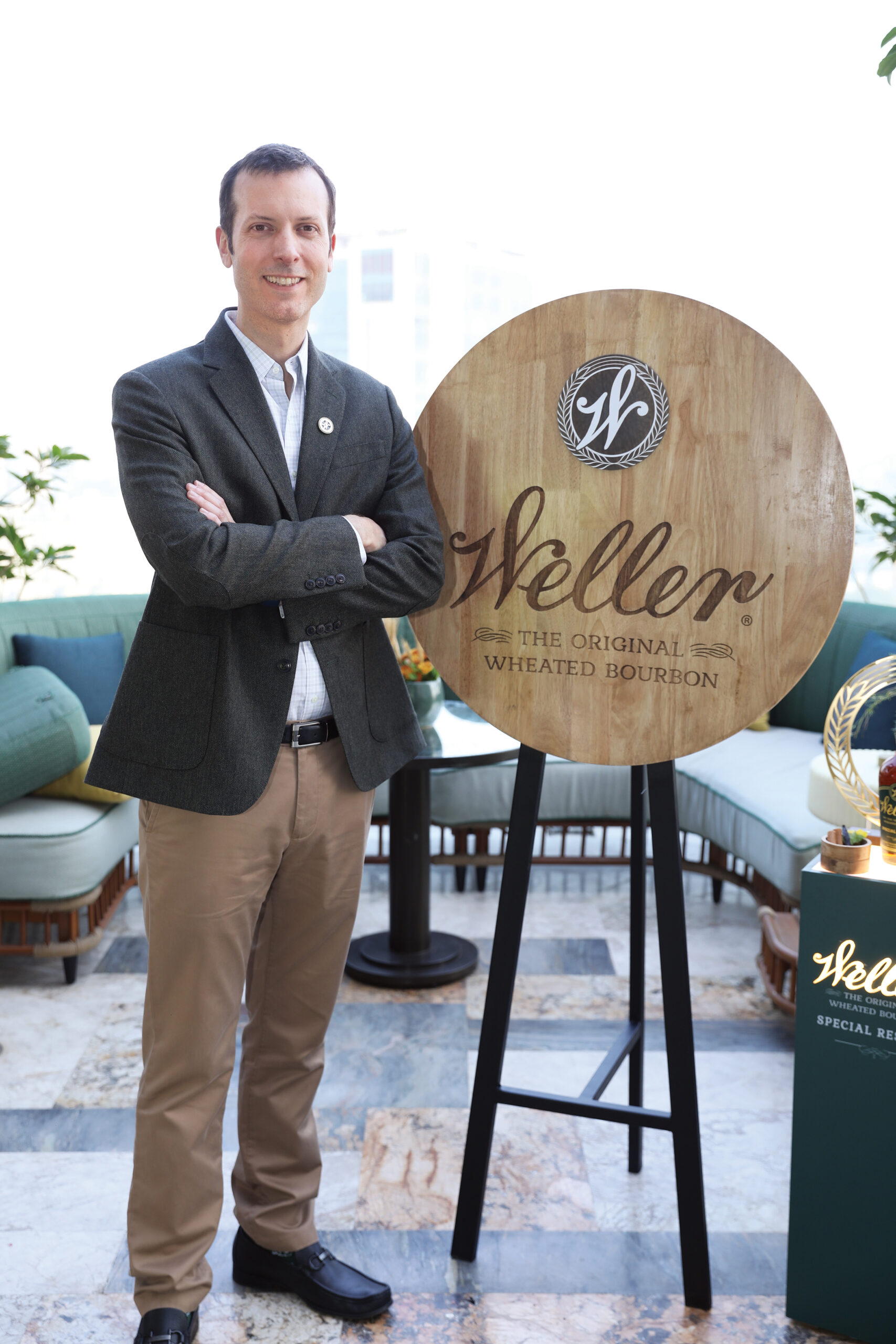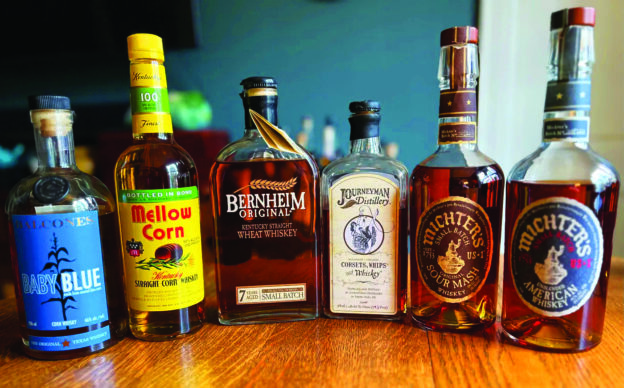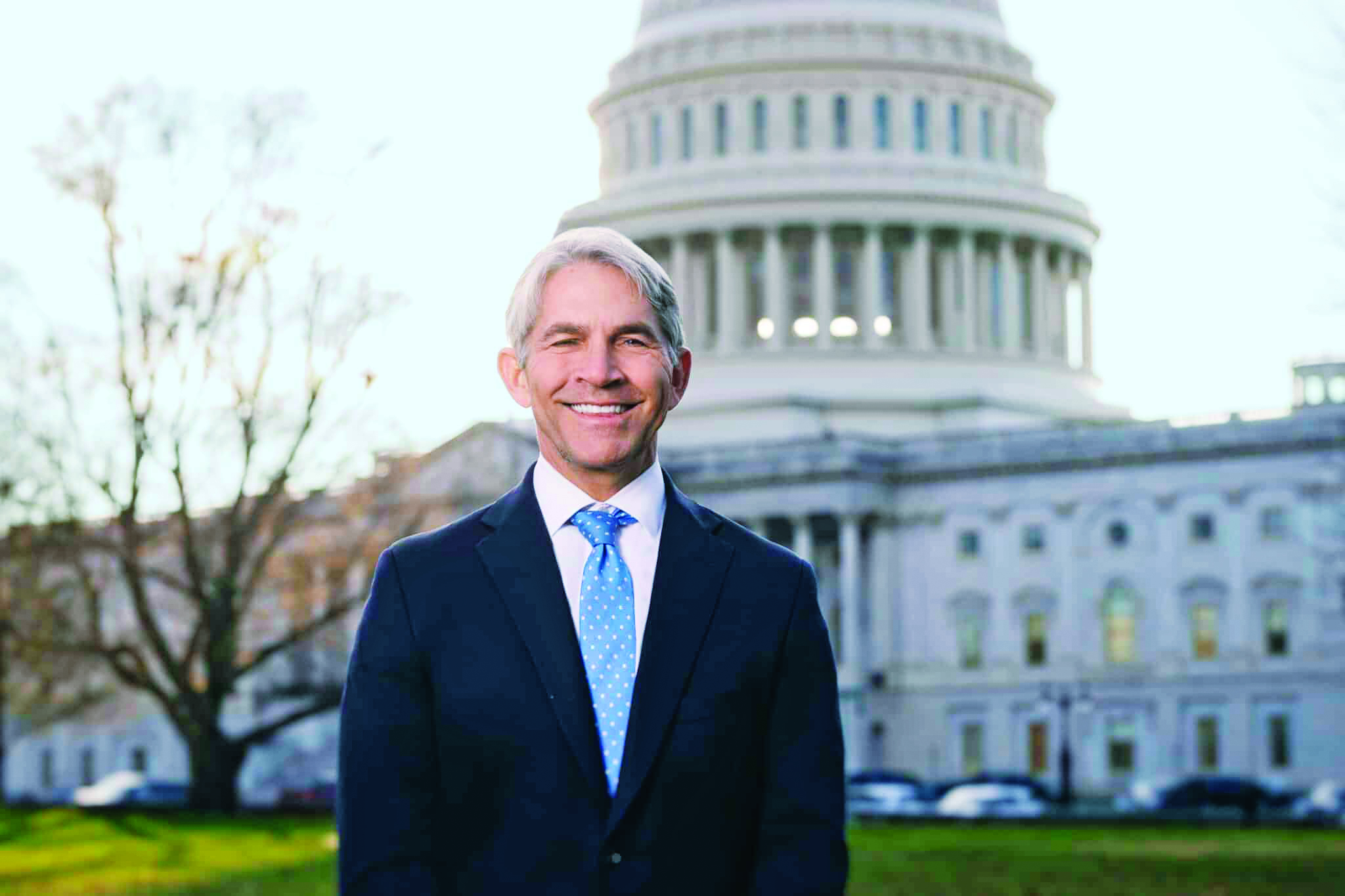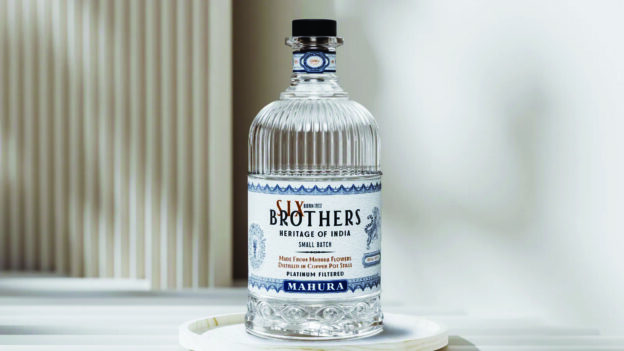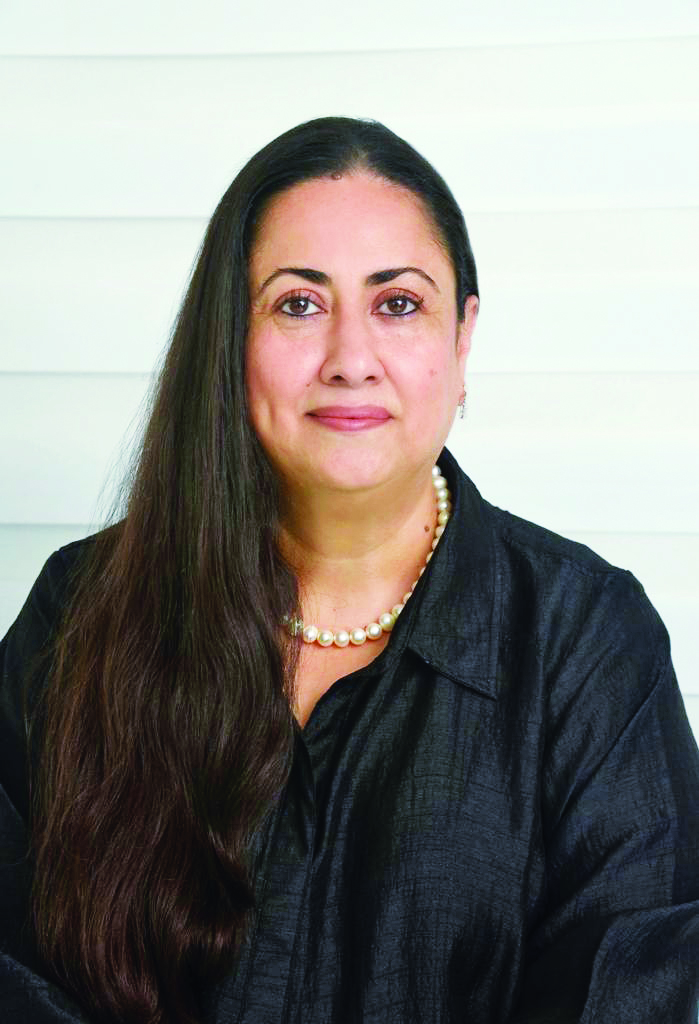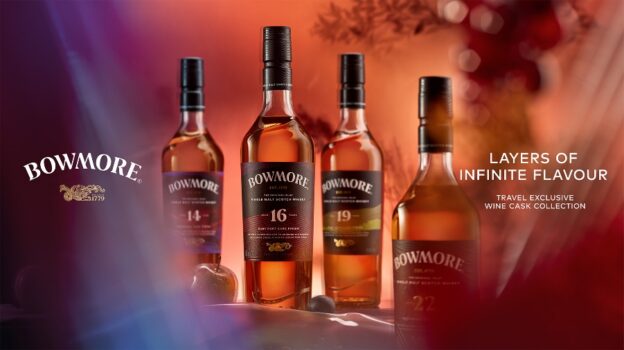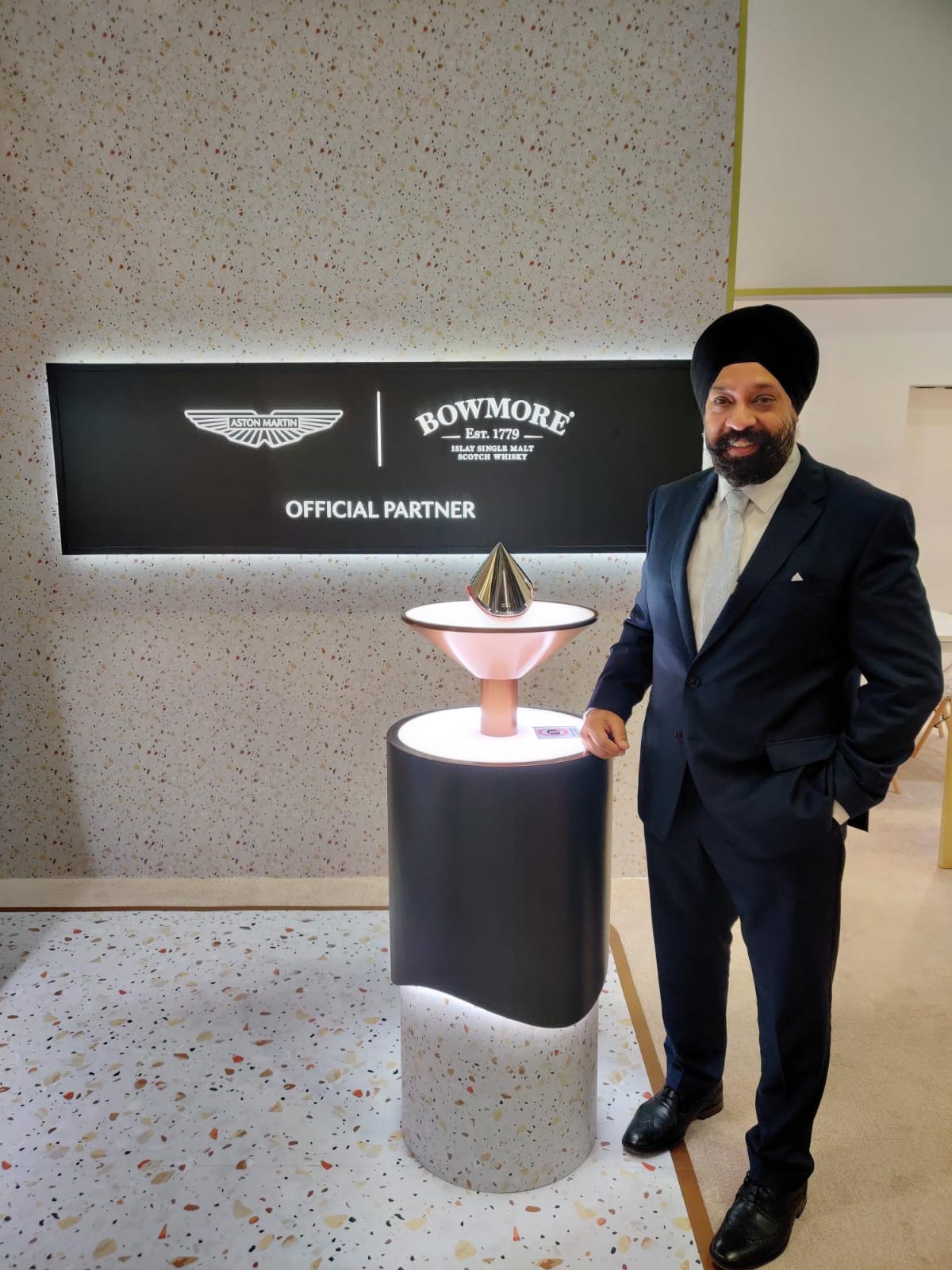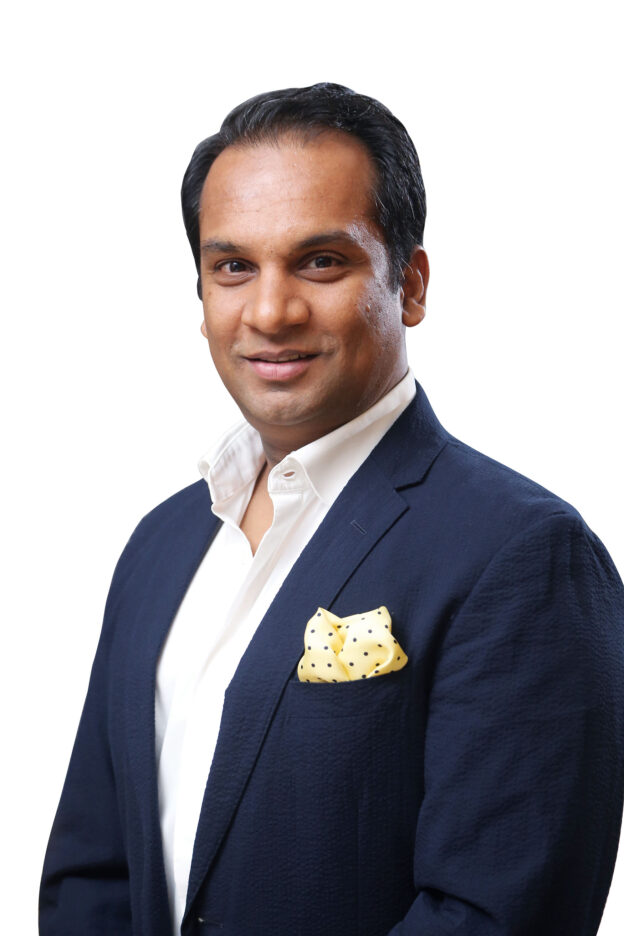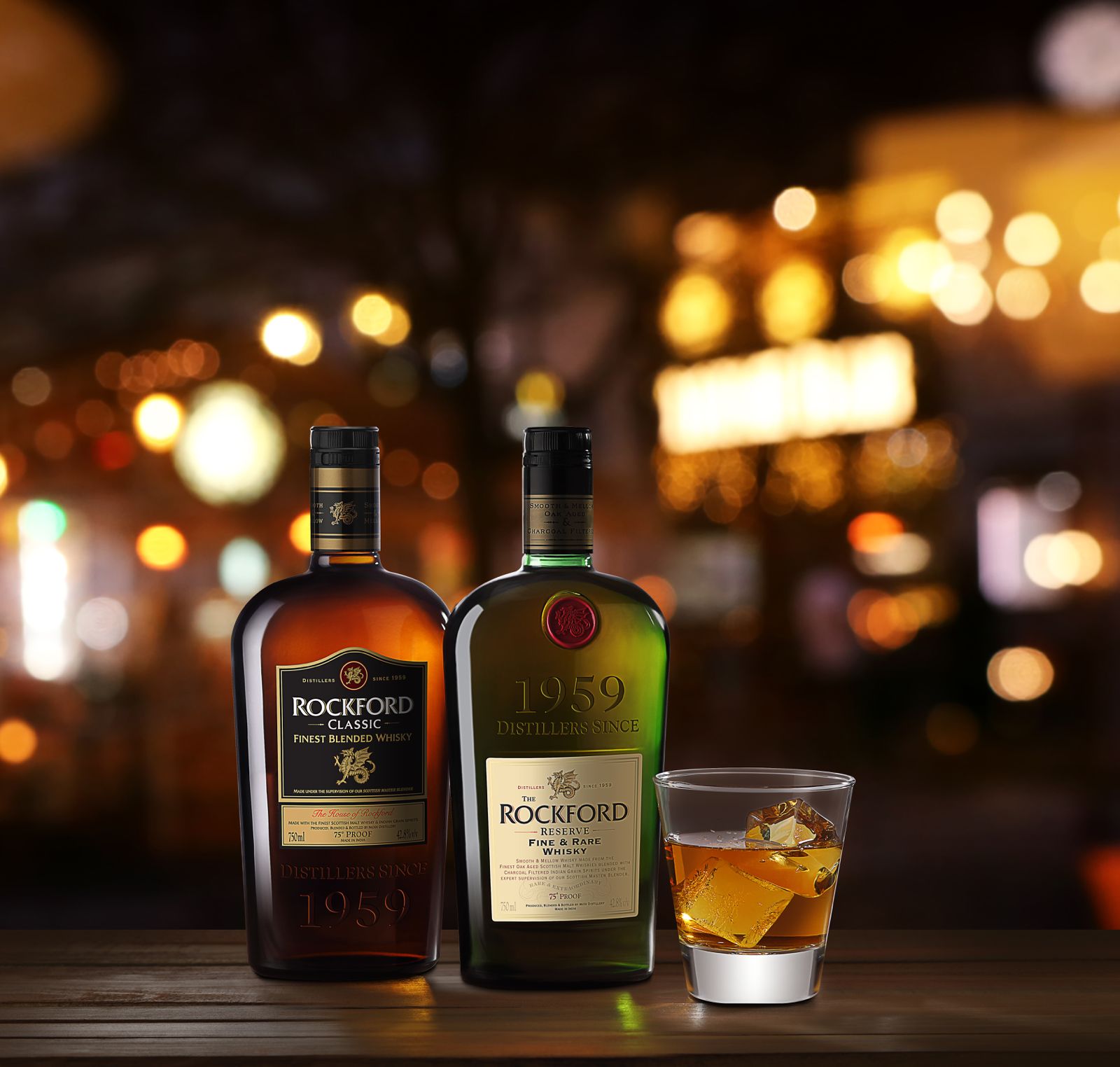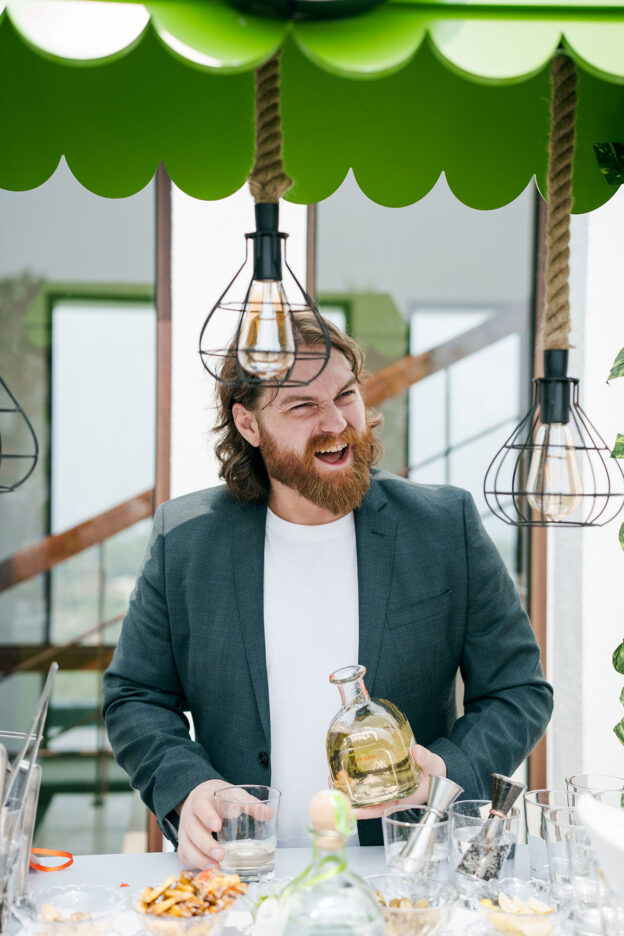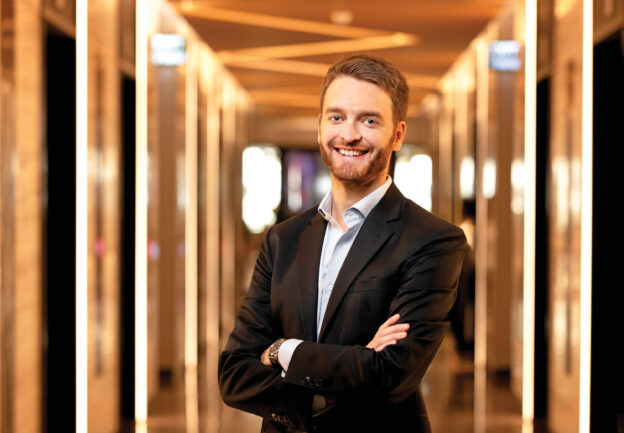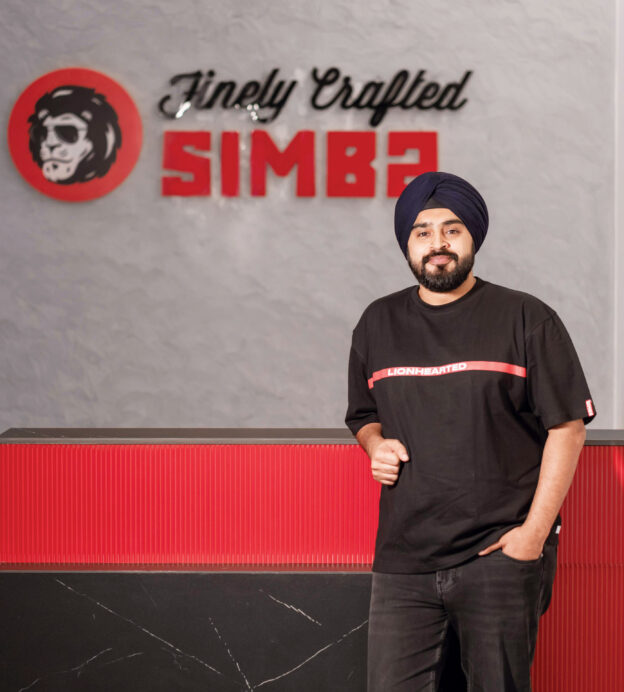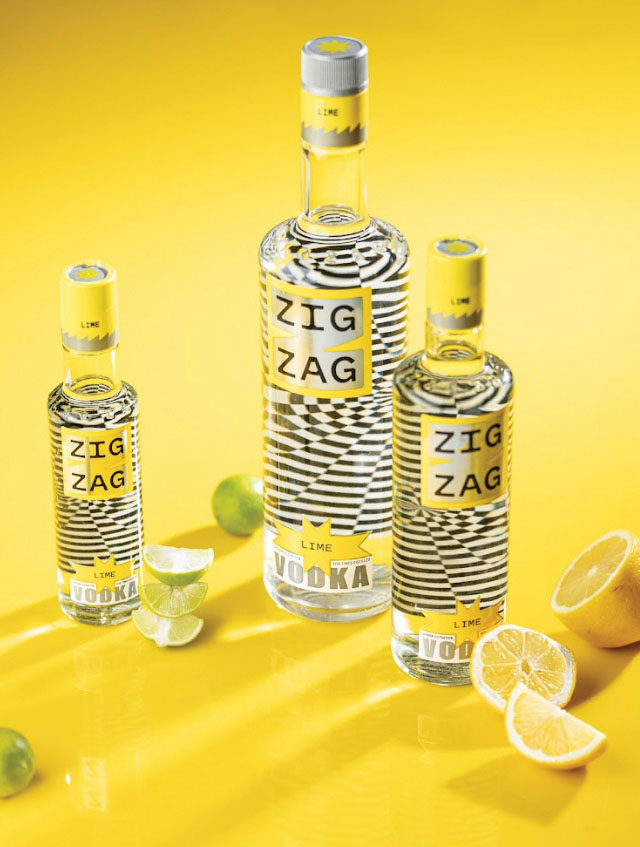Built on craft, culture, and collaboration, Loca Loka unites two vibrant worlds through a tequila that speaks to modern India’s global palate.
When three creative minds from business, cinema, and music came together, few expected tequila to take on such character. Within a year of its launch, Loca Loka, the premium tequila brand founded by Sree Harsha Vadlamudi, Rana Daggubati, and Anirudh Ravichander, has become a name that resonates across global bars, airports, and among discerning drinkers.
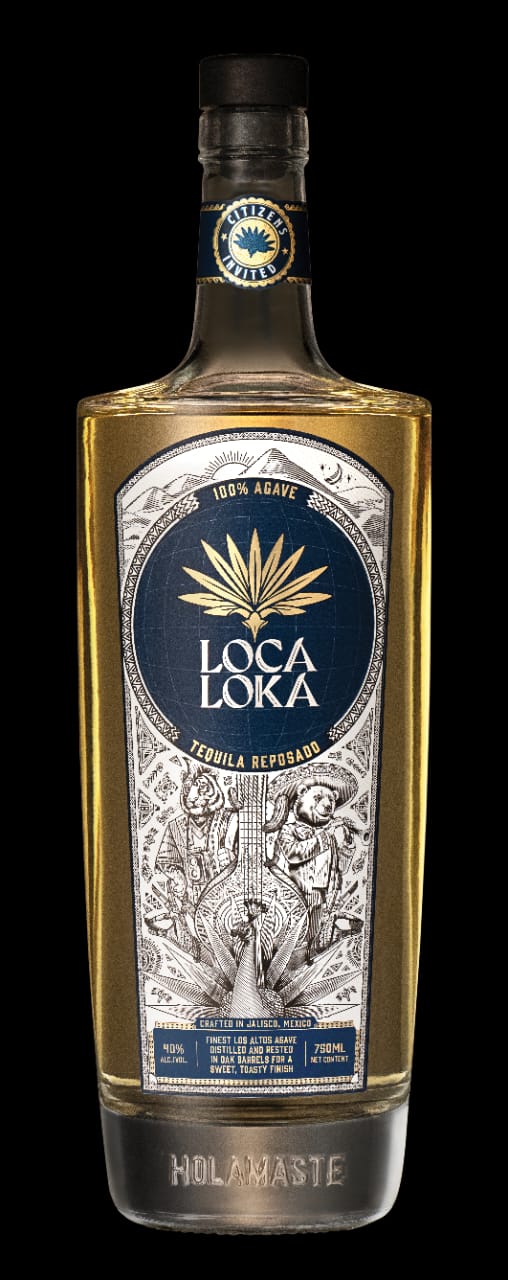
Born from highland agave in Jalisco and bottled with Indian finesse, the label’s Blanco and Reposado variants have earned medals at international competitions, including Gold at the San Francisco World Spirits Competition. For its founders, recognition affirms their pursuit of a spirit built with purpose. Vadlamudi calls Loca Loka “a bridge between craftsmanship and culture,” defining the brand as tequila that honours Mexican roots and carries an Indian cadence through its tone, colour, and personality.
The Origin of an Idea
The story began in 2024 when Vadlamudi, already known for ventures such as Ironhill India and PR Infra, noticed a shift in consumer behaviour. “Travellers were leading the change,” he recalls. “They evaluated brands through provenance, design, and story.”
Loca Loka entered through duty-free stores at Hyderabad and Delhi airports, where travellers’ behaviour revealed India’s readiness for agave-based spirits. “Duty-free gave us our first real insight,” he says. “Consumers had already experienced tequila abroad and were waiting for a credible brand to bring it home.”
That discovery shaped the rollout plan across Indian metros, beginning with Delhi and Mumbai. The company aims to capture meaningful market share within its first year, building a category that had long remained underexplored.
Building a New Tequila Culture
Tequila’s profile in India is evolving rapidly. The category recorded 26% growth in 2025, fuelled by curiosity, premium drinking habits, and the rise of cocktail culture. Vadlamudi views this moment as an opportunity to introduce tequila through education and craftsmanship. “India had limited awareness of terroir, ageing, and agave quality,” he says. “We wanted to change that.”
Production remains anchored in Jalisco under León Bañuelos Ramírez, whose distillery creates additive-free spirits from slow-cooked agave using techniques refined through generations. “When we met León, we found the balance we were seeking: purity, texture, and precision,” says Vadlamudi.
The result is a tequila admired by bartenders for its clarity and structure. During blind tastings, professionals described it as clean, expressive, and versatile. The Blanco works beautifully in citrus-forward cocktails, while the Reposado enriches spirit-driven serves.
“Bartenders are our first ambassadors,” Vadlamudi notes. “When they ask for Loca Loka by name, it signals belonging.”
Design, Story, and Soul
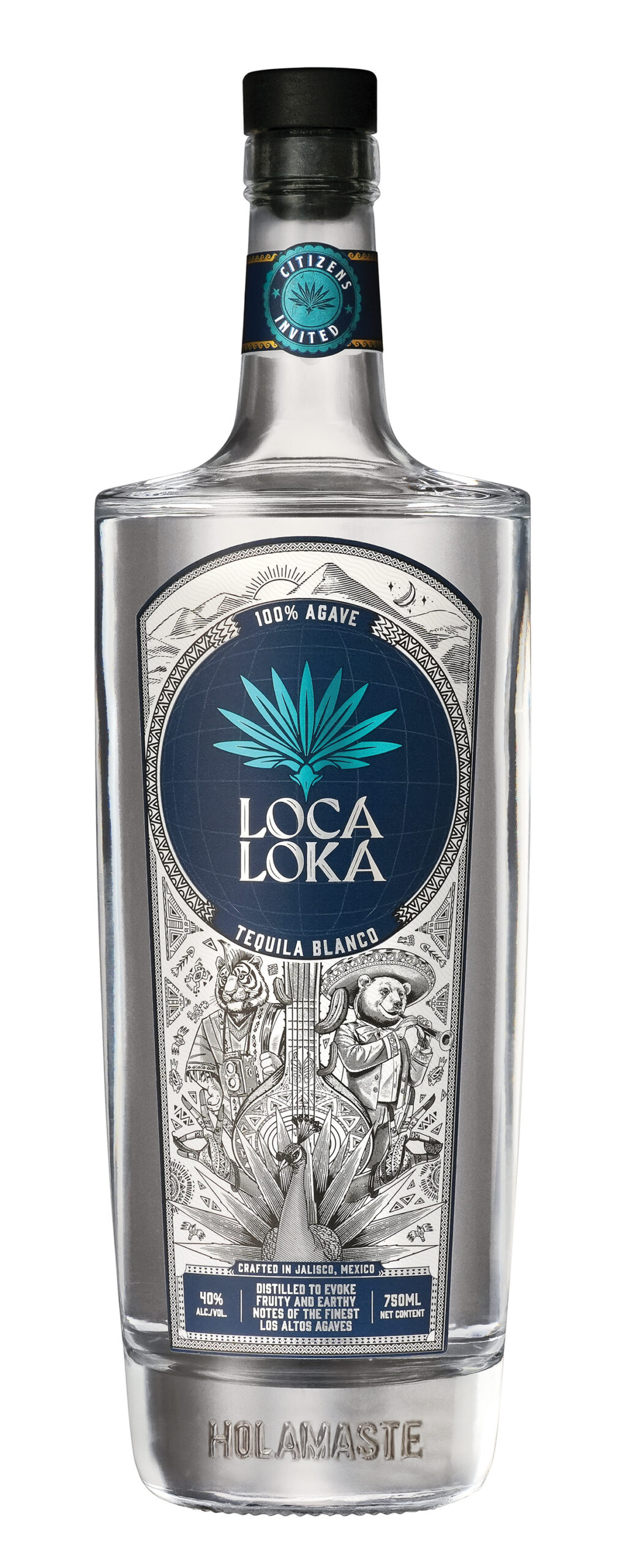
The founders’ diverse backgrounds shape every element of the brand. The bottle carries sleek shoulders, contemporary typography, and colours inspired by desert sands and Indian warmth. The name merges Loca—Spanish for ‘crazy’—and Loka—Sanskrit for ‘world’—capturing a sense of creative energy and cultural connection.
Daggubati brings narrative instinct from cinema, Ravichander lends rhythm and a grasp of cultural pulse, and Vadlamudi contributes scale and structure. Their combined sensibilities give the brand both artistic and operational depth.
Loca Loka’s presence extends beyond bottle shelves. The brand curates tastings, pop-ups, and design-led experiences with hotels and restaurants that shape India’s premium drinking scene. “We aim to create moments that feel alive and personal,” Vadlamudi says. “Every interaction should carry the same care that goes into the liquid.”
Expansion with Intention
The company secured $12.5 million from a Singapore-based family office to strengthen production, distribution, and market presence in India, the UK, and the Philippines. “Our capital philosophy is to invest where value endures,” Vadlamudi explains. “We prioritise excellence in product, accuracy in logistics, and storytelling that holds meaning.”
The India rollout focusses on premium bars, hotels, and tasting programmes, with airports continuing as key discovery points. Cities such as Bengaluru, Chennai, Goa, and Hyderabad are next in line. “Our measure of success lies in advocacy and repeat orders,” he adds. “When bartenders and consumers return to us naturally, the brand grows with authenticity.”
Globally, Loca Loka is expanding from 15 to 25 states in the United States, while preparing to enter Europe, the Middle East, and select Asian markets. The Añejo variant will soon join the portfolio, followed by limited editions celebrating Indian and Mexican craft traditions.
Sustainability as a Standard
Responsible sourcing guides Loca Loka’s production ethos. Mexican partners practise mature-harvest cycles, water-efficient cultivation, and soil-friendly farming. “Sustainability begins with agave,” Vadlamudi says. “Without healthy farms, there is no tequila.”
The company extends this principle to packaging and logistics designed for long-term resilience. Its environmental discipline forms part of everyday operations rather than a marketing statement, ensuring continuity for generations of growers and consumers alike.


